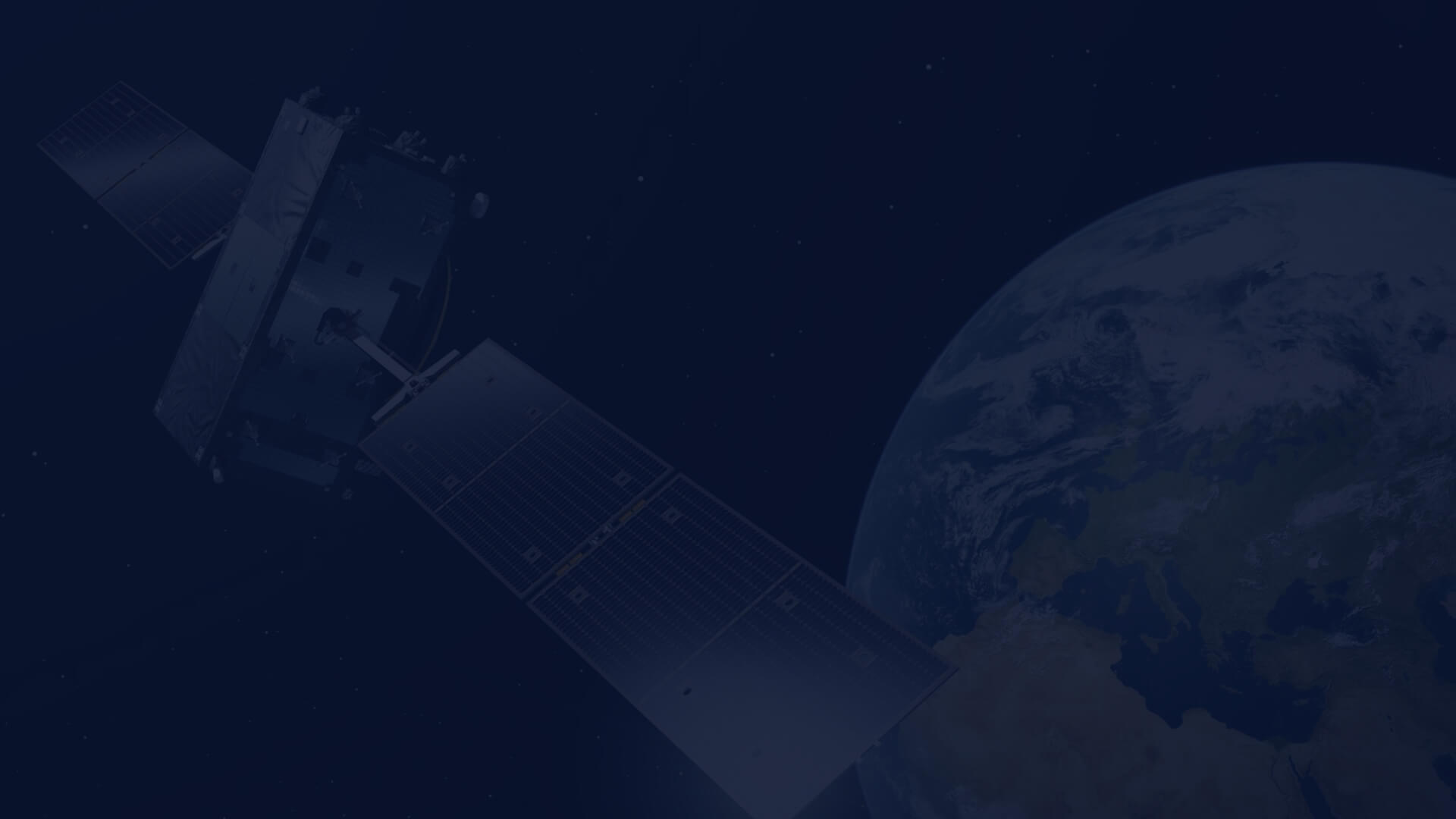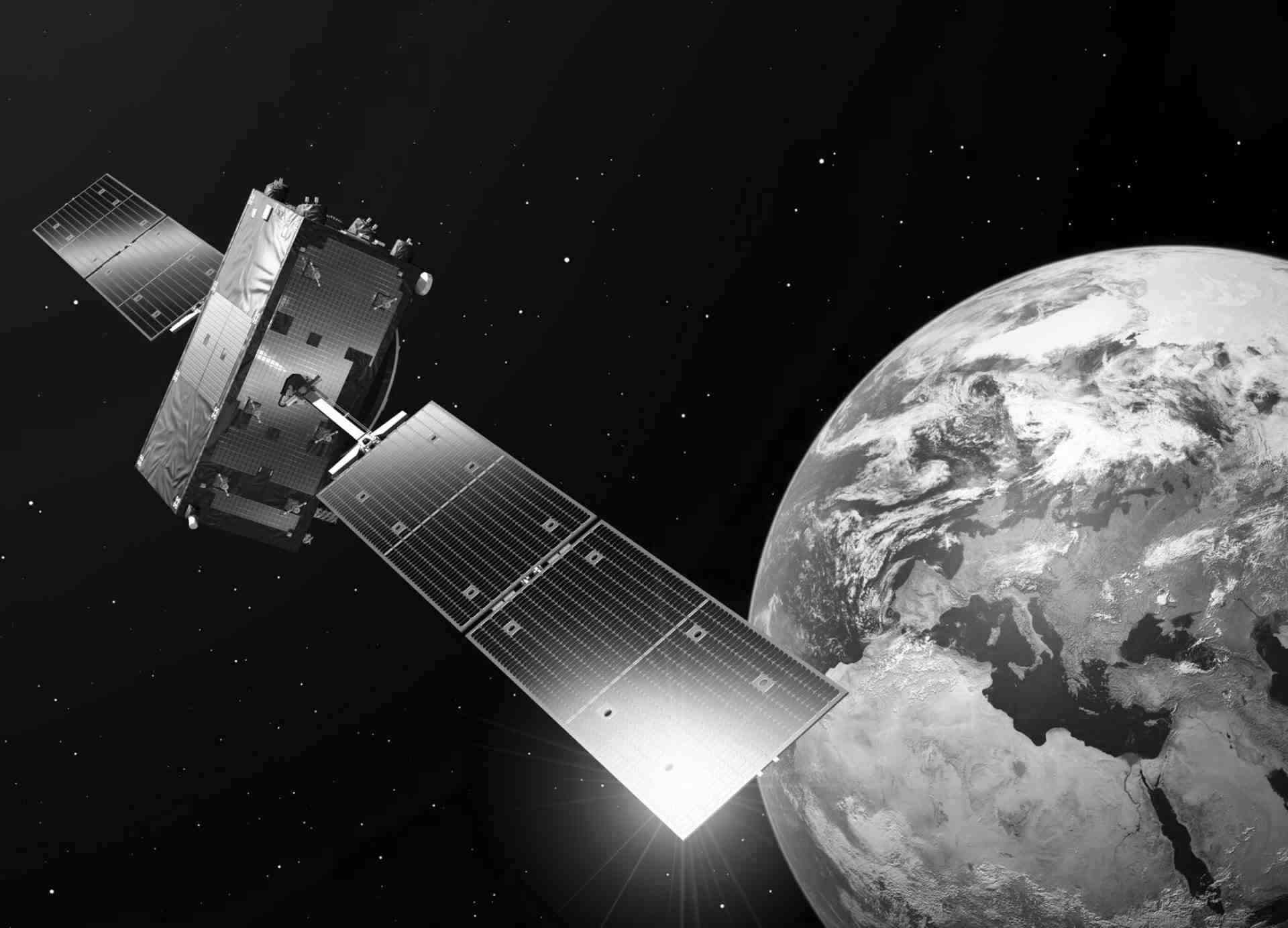Climate Monitoring with Satellite Data
Climate has been changing over the years, but according to researchers, never as fast as now. How to measure and understand these processes? There are plenty of methods, but the most crucial information comes from those which track changes constantly, just like satellites do. The Earth Observation system provides reliable and objective package of a digital and quantitative description of past and current situations. The European Commission has developed a dedicated service - Copernicus Climate Change Service (CS3), to provide: „authoritative information about the past, present and future climate, as well as tools to enable climate change mitigation and adaptation strategies by policy makers and businesses”. The data generated in the Copernicus C3S program, as well as the information captured by various satellites, is available on CREODIAS platform in order to make computing easier and more accessible to everybody.
CLIMATE DATA
Earth Observation systems provide reliable and objective package of information about the climate change. This dataset is a digital and quantitative description of past and current situations. Researchers’ effort focuses on calculating exact parameters that are directly correlated with factors influencing and describing climate state.
CLIMATE MONITORING AND SERVICES
Satellites dedicated to meteorological monitoring provide data also for climatological research. METEOSAT, NOAA, MODIS series or Sentinel-5P have been developed to monitor the current state of the atmosphere, its physical and chemical content as well as internal processes. When this kind of data is gathered continuously for a long period, climate tendencies can be analyzed. Every single parameter, which constitutes the weather and influences forecast in one moment, gathered for years is an indicator describing climate.
Organizations like EWMCF, NOAA, EUMETSAT do their research to find reasons of that changes using satellite data as a one of the basic sources of knowledge. Copernicus Climate Change Service (C3S) provides access to the Climate Variables, e.g.:
- Air and surface temperature
- Precipitation
- Wind speed
- Solar radiation
- Soil wetness
- Greenhouse gases
All kind of data gathered and generated under C3S program is open, free and unrestricted. ECMWF implemented the Climate Data Store (CDS) which provides a single point of access to them. Users can discover and process wide range of quality-assured climate products with CDS portal.
CLIMATE CHANGE INDICATORS
Ice cover over the north pole decreasing area, retreating glaciers or thinner snow cover over Siberia and North Canada could be taken as the indicators of the climate change. Radar technique available from Sentinel-1 helps with snow and ice type. Whereas Sentinel-3 radiometer lower resolution data allows to assess the area of changes and its temperature ranges.
Thermal techniques (Landsat TIRS, Sentinel-3 SLSTR) provide information about urban heat islands, drought, water temperature, ocean currents etc. which can all be indicators of climate fluctuations.
Sentinel mission on November 2020 was enriched with new type of satellite named Sentinel-6 Michael Freilich. It was designed to deliver novel set of data also for climate changing and global warming analysis with radar altimetry reference mission. The new Sentinel-6 mission is capable to measure ocean level and capture its changes with mm accuracy each 10 days.
The pictures below show the East coast of Greenland captured by Sentinel-3 Sea and Land Surface Temperature Radiometer in November 2020. The top image has been generated with a near infrared and visible range. The bottom image represents Brightness Temperature in 3.74 µm. The ice and snow covering the water create beautiful shapes and patterns both with optical and thermal technique.


CLIMATE CHANGE EFFECTS
Extreme weather events are sometimes interpreted as a result of climate change processes. The satellite imagery is crucial for monitoring the reasons, course and effects of these changes. The Earth Observation missions, systems and programs are focus to mitigate negative influence of extreme events. Their aim is to reduce the emissions of greenhouse gases and promote activities that have a lower impact on the environment.
Floods, fires, storms, hail, droughts can be analyzed from space using freely available data from Sentinel missions or more detailed commercial data like Jilin, KazEOSat, KOMPSAT. Very high resolution data with the accuracy even below one meter can capture seemingly less significant sources of greenhouse gases, like:
- oil spills
- landfill fires
- mines emissions
- grass burnout
- livestock production
Calculating the dimension of climate characteristic is not easy due to its long-distance transformation characteristic. Nevertheless, spatially small events (like mentioned above) and tendencies as well as land management styles and priorities influence and constitute a bigger picture of the Earth’s climate.
An example of using satellite data for climate research is the imagery acquired by Landsat-5 TM in January 1987 over a snowy urban area (Śląskie in Poland) where smoking chimneys are visible.

MITIGATION
The challenge is to use the advantages and potential of EO data in order to mitigate effects of climate changes. That is why, a lot of attention is focused on sustainable planning and development using satellite data. EO products can be applied in many areas to improve the life conditions. The satellite monitoring supports a more efficient and thus cleaner marine transport.
The spatial planning of urban areas using Earth Observation products allows for their conscious and responsible management. The agriculture sector gets crucial information about crop types, health and condition monitoring from vegetation indices calculated based on satellite bands. Agrotechnical procedures, such as plowing or grass mowing, can be detected by comparing two images taken on different days. The radar technique, available for example with Sentinel-1, provides that recognition regardless of weather conditions.
THE SOURCE OF KNOWLEDGE
Without the Earth Observation products our knowledge about the climate would be far more limited. Plenty of assumptions and future scenarios gain from a global and uniform approach that only satellite sources can assure. An easy access to processing and analyzing of those products with CREODIAS makes it even more beneficial for society, environment and in a long term perspective for the climate.
Author: Sylwia Nasiłowska (PhD), Project Manager, CloudFerro

